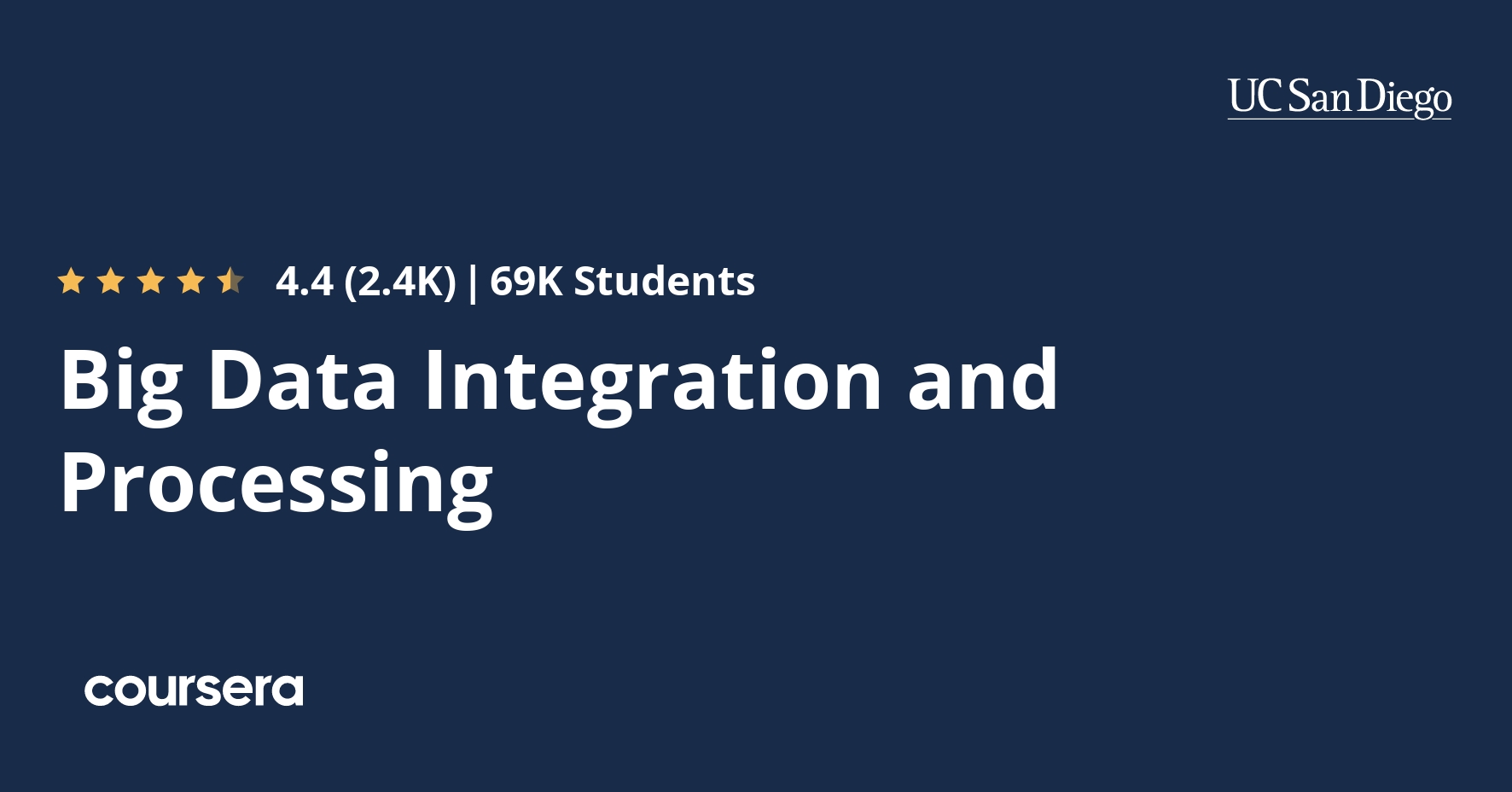Description
At the end of the course, you will be able to:
*Retrieve data from example database and big data management systems
*Describe the connections between data management operations and the big data processing patterns needed to utilize them in large-scale analytical applications
*Identify when a big data problem needs data integration
*Execute simple big data integration and processing on Hadoop and Spark platforms
This course is for those new to data science. Completion of Intro to Big Data is recommended. No prior programming experience is needed, although the ability to install applications and utilize a virtual machine is necessary to complete the hands-on assignments. Refer to the specialization technical requirements for complete hardware and software specifications.
Hardware Requirements:
(A) Quad Core Processor (VT-x or AMD-V support recommended), 64-bit; (B) 8 GB RAM; (C) 20 GB disk free. How to find your hardware information: (Windows): Open System by clicking the Start button, right-clicking Computer, and then clicking Properties; (Mac): Open Overview by clicking on the Apple menu and clicking “About This Mac.” Most computers with 8 GB RAM purchased in the last 3 years will meet the minimum requirements.You will need a high speed internet connection because you will be downloading files up to 4 Gb in size.
Software Requirements:
This course relies on several open-source software tools, including Apache Hadoop. All required software can be downloaded and installed free of charge (except for data charges from your internet provider). Software requirements include: Windows 7+, Mac OS X 10.10+, Ubuntu 14.04+ or CentOS 6+ VirtualBox 5+.
What you will learn
Welcome to Big Data Integration and Processing
Welcome to the third course in the Big Data Specialization. This week you will be introduced to basic concepts in big data integration and processing. You will be guided through installing the Cloudera VM, downloading the data sets to be used for this course, and learning how to run the Jupyter server.
Retrieving Big Data (Part 1)
This module covers the various aspects of data retrieval and relational querying. You will also be introduced to the Postgres database.
Retrieving Big Data (Part 2)
This module covers the various aspects of data retrieval for NoSQL data, as well as data aggregation and working with data frames. You will be introduced to MongoDB and Aerospike, and you will learn how to use Pandas to retrieve data from them.
Big Data Integration
In this module you will be introduced to data integration tools including Splunk and Datameer, and you will gain some practical insight into how information integration processes are carried out.
Processing Big Data
This module introduces Learners to big data pipelines and workflows as well as processing and analysis of big data using Apache Spark.







